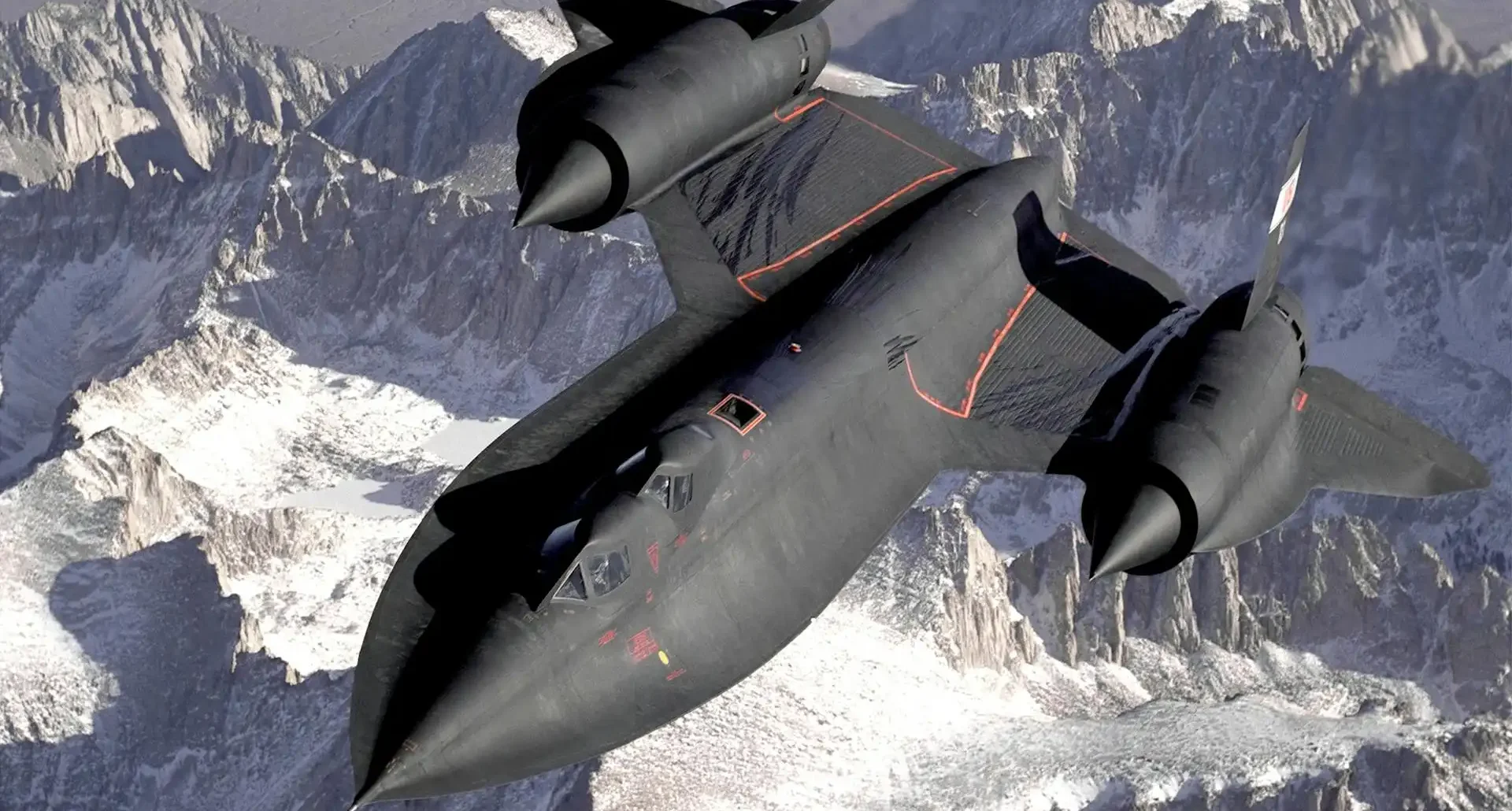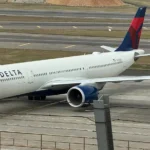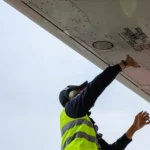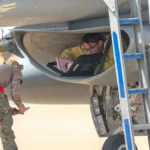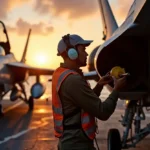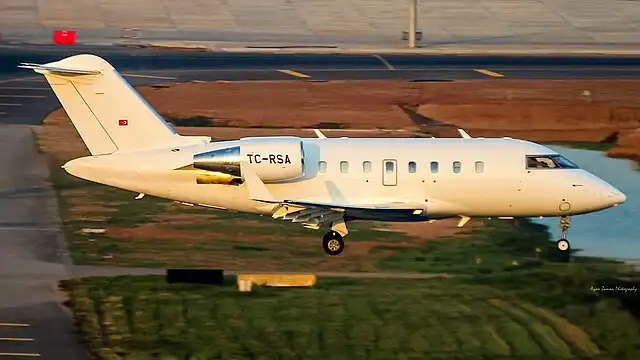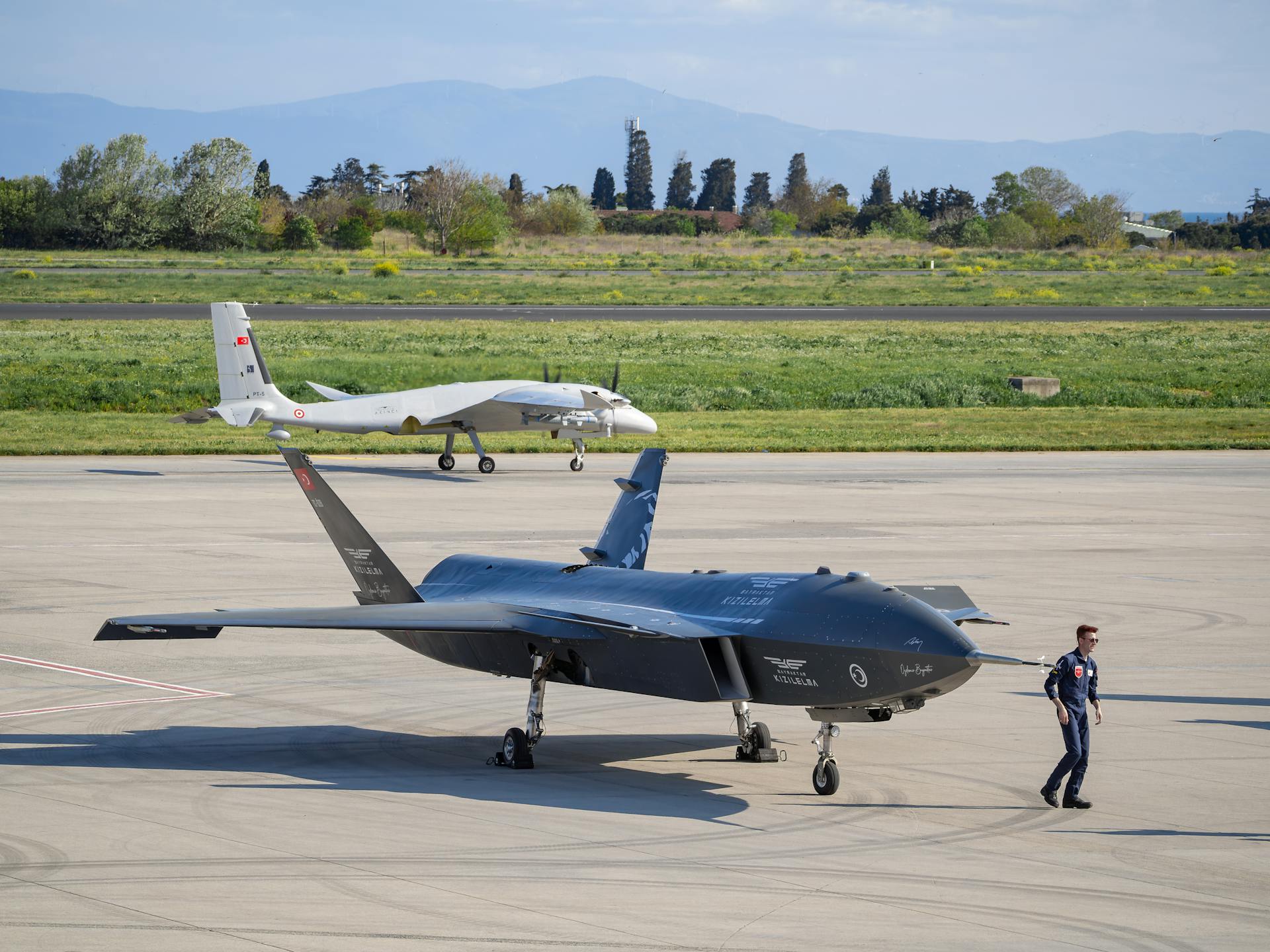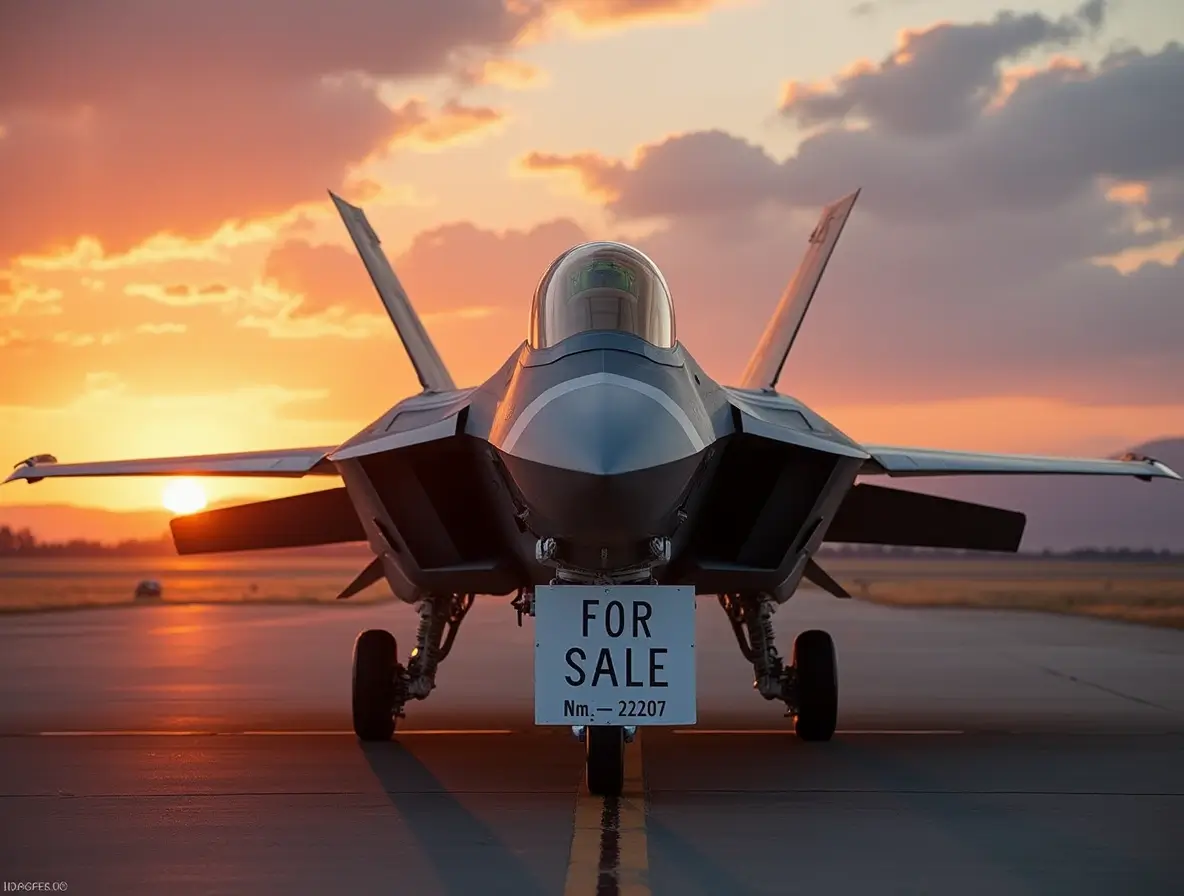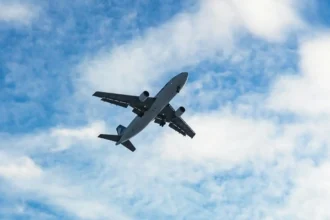The SR-71 Blackbird top speed remains unmatched in aviation history, achieving velocities exceeding 2,200 mph (Mach 3.3+) during its operational history from 1966 to 1998. Designed by Lockheed’s legendary Skunk Works division under Kelly Johnson, this remarkable reconnaissance aircraft was born during the Cold War when the United States needed an uninterceptible platform for gathering intelligence over hostile territory. Despite being retired decades ago, no aircraft has officially surpassed its phenomenal speed record, making it a testament to human engineering excellence.
The Extraordinary SR-71 Blackbird Top Speed: Engineering Marvel of the Cold War
When the SR-71 Blackbird first took flight in December 1964, it represented a quantum leap in aviation technology. The aircraft’s unprecedented SR-71 Blackbird top speed came from twin Pratt & Whitney J58 engines that could each produce 34,000 pounds of thrust with afterburners engaged. These revolutionary power plants didn’t merely propel the aircraft—they functioned as ramjets at high velocities, enabling the Blackbird to sustain speeds that would melt conventional aircraft.
The titanium airframe was another engineering breakthrough that enabled the SR-71 Blackbird top speed capabilities. Over 90% of the aircraft was constructed from titanium alloys, materials that could withstand the extreme temperatures generated at Mach 3+ flight. Ironically, much of this titanium was covertly sourced from the Soviet Union through third-party companies, as the USSR possessed the world’s largest titanium reserves at the time. The aircraft would literally expand several inches during flight due to aerodynamic heating.
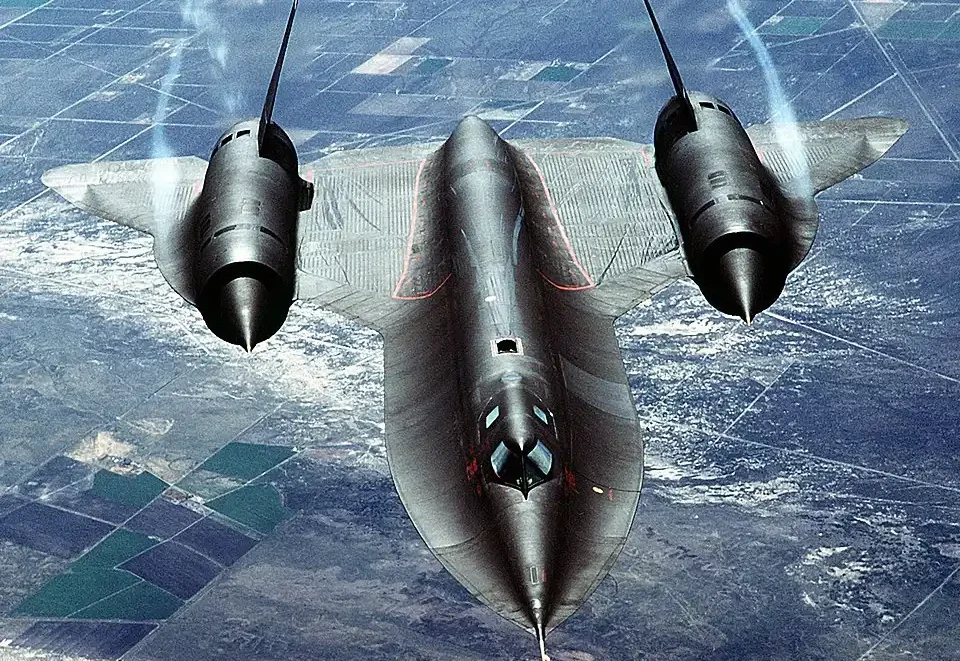
Why No Aircraft Has Exceeded the SR-71 Blackbird Top Speed Record
Despite technological advances in the decades since its development, no acknowledged aircraft has officially beaten the SR-71 Blackbird top speed record. This remarkable fact stems from several factors:
- Specialized Purpose: The SR-71 was designed with a singular mission—high-speed, high-altitude reconnaissance—allowing engineers to optimize every aspect of its design for pure speed and altitude without compromises.
- Budget Realities: The Blackbird program cost over $1 billion in the 1960s (equivalent to approximately $9 billion today). Modern military aircraft development prioritizes multi-role capabilities over specialized performance extremes to justify enormous development costs.
- Changing Requirements: The advent of satellite reconnaissance and unmanned aerial vehicles has reduced the need for manned high-speed reconnaissance platforms, redirecting development efforts to other capabilities.
The successor to the SR-71’s mission profile became the highly classified Aurora program, which reportedly may have achieved even higher speeds but remains shrouded in secrecy and official denials.
The Revolutionary Technologies That Enabled the SR-71 Blackbird Top Speed
The SR-71 Blackbird’s top speed relied on numerous technological innovations that were decades ahead of their time:
Specialized Fuel System
The aircraft used a specialized fuel called JP-7, which had an extremely high flash point to prevent ignition under the extreme temperatures experienced during high-speed flight. The fuel actually served a dual purpose—before combustion, it circulated through the airframe as a heat sink to cool critical components. This fuel was so stable that a lit match would extinguish if dropped into it. The SR-71 Blackbird top speed couldn’t have been achieved without this remarkable thermal management system.
Aerodynamic Design
The Blackbird featured distinctive chines—sharp edges running along the body—which generated an estimated 20% of the aircraft’s lift. At its SR-71 Blackbird top speed, these chines created a unique pressure pattern that actually reduced drag instead of increasing it. Wind tunnel testing at Mach 3 showed that this aerodynamic phenomenon was entirely unexpected, giving the Blackbird superior efficiency at high speeds.
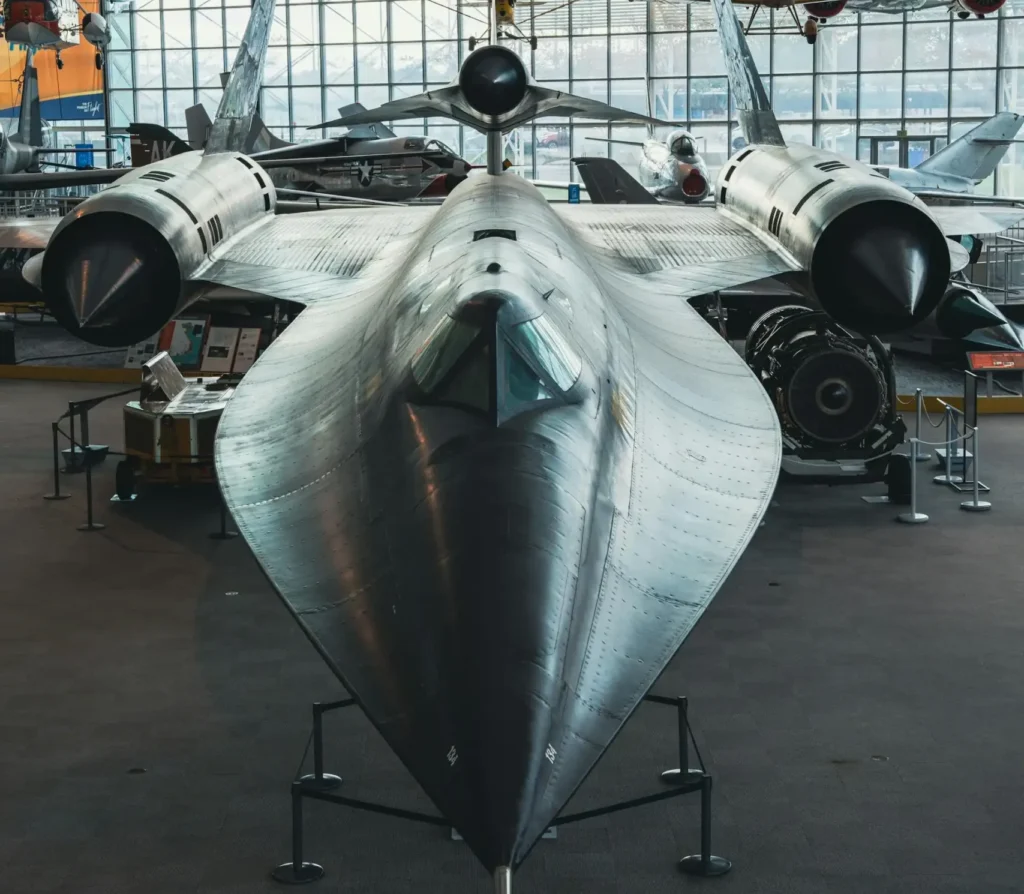
The cockpit windows were made of quartz and were among the heaviest components of the aircraft, necessary to withstand temperatures exceeding 600°F generated at the SR-71 Blackbird top speed. The special radar-absorbent black paint that gave the aircraft its nickname also served as a radiator, helping dissipate the tremendous heat.
According to retired SR-71 pilot Major Brian Shul, “At Mach 3.2, the aircraft’s external temperature was over 600 degrees Fahrenheit. The cockpit heated up to 120 degrees despite air conditioning. The windshield became so hot you could’ve cooked on it.”
The SR-71 Blackbird top speed capability was so extraordinary that standard response procedures for intercepting hostile aircraft simply didn’t apply. When an SR-71 detected a surface-to-air missile launch, standard protocol was straightforward: accelerate and outrun it. No missile ever succeeded in downing a Blackbird during its entire operational history.
FAQ About the SR-71 Blackbird
How much did it cost to operate an SR-71 Blackbird for one hour?
The operational cost of an SR-71 flight hour exceeded $200,000 in 1990s dollars (approximately $400,000 today). This astronomical figure included specialized fuel, ground support equipment, and extensive maintenance—each aircraft required over 700 maintenance hours per flight hour due to the extreme stresses imposed by its velocity.
Did the SR-71 Blackbird leak fuel on the ground?
Yes. The aircraft was deliberately designed with fuel tanks that leaked on the ground. At the SR-71 Blackbird top speed, the titanium airframe would expand from heat by several inches, sealing these leaks. This feature was necessary because no flexible fuel tank material could withstand the operational temperatures.
What was the typical altitude for SR-71 missions?
The Blackbird typically cruised above 80,000 feet, with some missions reportedly reaching 90,000+ feet. At this altitude, pilots could see the curvature of the Earth and needed specialized pressure suits similar to those used by astronauts.
Did any SR-71 pilots eject at Mach 3?
No pilot ever ejected at the full SR-71 Blackbird top speed. However, one crew did eject at Mach 3.18 when their aircraft disintegrated in 1966. The pressure suit-equipped crew survived with relatively minor injuries, protected by specialized ejection systems designed for extreme speeds and altitudes.
Were there any successful attempts to intercept the SR-71?
Despite thousands of interception attempts and surface-to-air missile launches throughout its career, no SR-71 was ever shot down by hostile forces. The combination of altitude, speed, and electronic countermeasures made the Blackbird effectively untouchable.
What replaced the SR-71 Blackbird?
Officially, satellite technology replaced the Blackbird’s reconnaissance capabilities. However, persistent rumors suggest the classified “Aurora” hypersonic aircraft program may have produced a successor. Other technologies like the X-37B space plane and advanced UAVs have assumed portions of its mission profile.
Share Your Thoughts: We Value Your Feedback!


